Content
Cette page est aussi disponible en français
After six years of work, the Olympic village in Seine-Saint-Denis is ready to host its athletes. Take a behind-the-scenes look at this new Paris 2024 Olympic and Paralympic Games site.
"In 2018, we said the site would be finished on February 29th, 2024. So we're on schedule!" For Henri Specht, Director of the Athletes' Village at Solideo (Société de livraison des ouvrages olympiques), the focus has now shifted to the upcoming summer. Pointing to the buildings on the future Rue Agnès-Varda, he adds: "the cranes and scaffolding have now disappeared from view".
"This is a major project we're about to embark upon," adds Laurent Michaud, Director of the Athletes' Village at Cojop (Organizing Committee for the Olympic and Paralympic Games), "this is the biggest urban construction site in France". Straddling three communes in the Seine-Saint-Denis region - Saint-Denis, Saint-Ouen-sur-Seine and L'Île-Saint-Denis - it covers 52 hectares, "the equivalent of 70 soccer pitches". Connected to the A1 and A86 freeways, the village is not far from the Stade de France and the aquatic center, two major Games venues.
A project of this scale takes between fifteen and twenty years to complete.
project manager at solideo
During the Olympics, the site will be home to 14,250 athletes and official support staff. In the space of six years, some 30 buildings - with a total capacity of 45,000 beds - have been constructed. A real feat, according to Henri Specht: "Normally, a project of this scale takes between fifteen and twenty years to get off the ground. Laurent Michaud is delighted speed of the building work: "It's vital to offer all delegations a comfortable and fraternal place to live". Nearly 200 nationalities will be present over the Olympic and Paralympic fortnights.
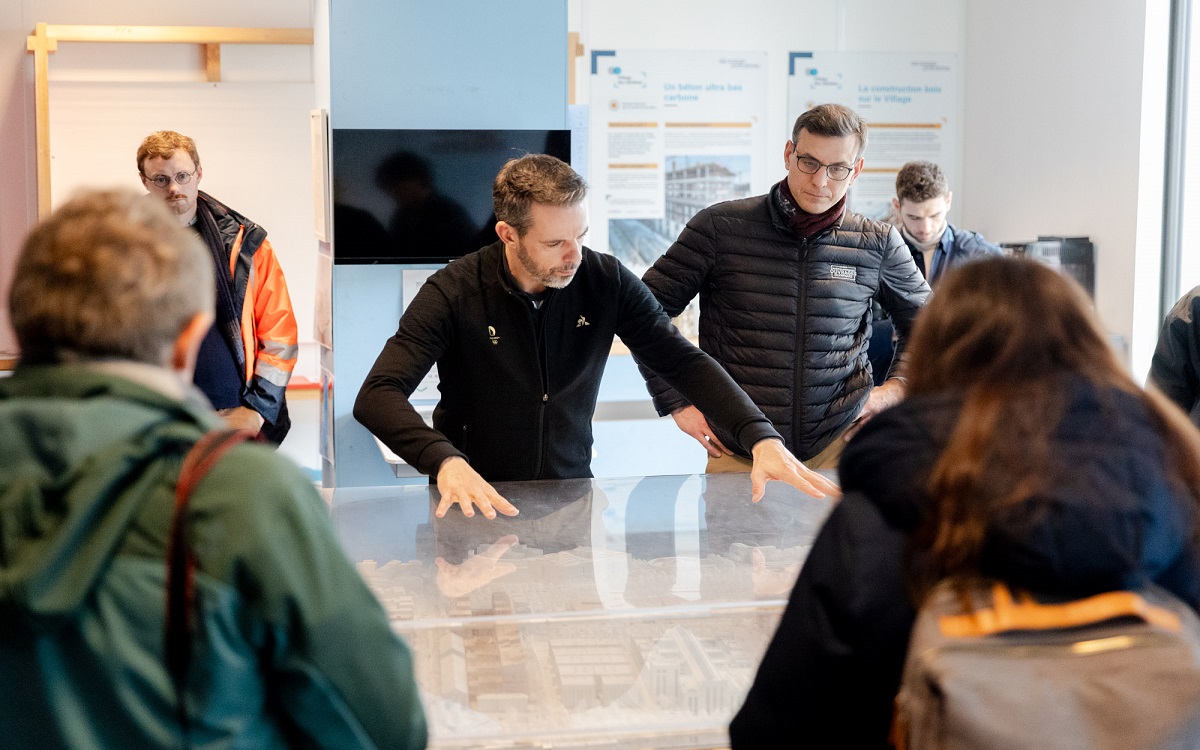
Laurent Michaud (center) and Henri Specht (right) are respectively Director of the Olympic and Paralympic Village at Cojop (Organizing Committee for the Olympic and Paralympic Games) and Project Director at Solideo (Société de livraison des ouvrages olympiques).
Crédit photo :
Jean-Baptiste Gurliat / Ville de Paris
A site worthy of the event
Not everything on site was built for the occasion. "Paris 2024's intention was to build around what already existed," explains Laurent Michaud during the project presentation, "as proof of this, the Cité du Cinéma is at the center of the site". This former power plant - now a major cinema production site has been turned into a giant cantine, serving up to 40,000 meals a day. On the edge of the village, behind the Collège Dora-Maar, a 3-hectare bus station - specially designed for the Games - is still in the development phase and will see up to 140 buses pass through it every hour.
Sidewalks and bicycle paths are taking shape amidst the workers installing street furniture. From the street, the buildings look ready to receive the public. Laurent Michaud assures us that: "all that's left to do is fit out the interiors". All along the Promenade Cesária-Évora, city staff are busy planting vegetation. This path ends on the banks of the Seine, with a terrace offering a panoramic view of L'Île-Saint-Denis.
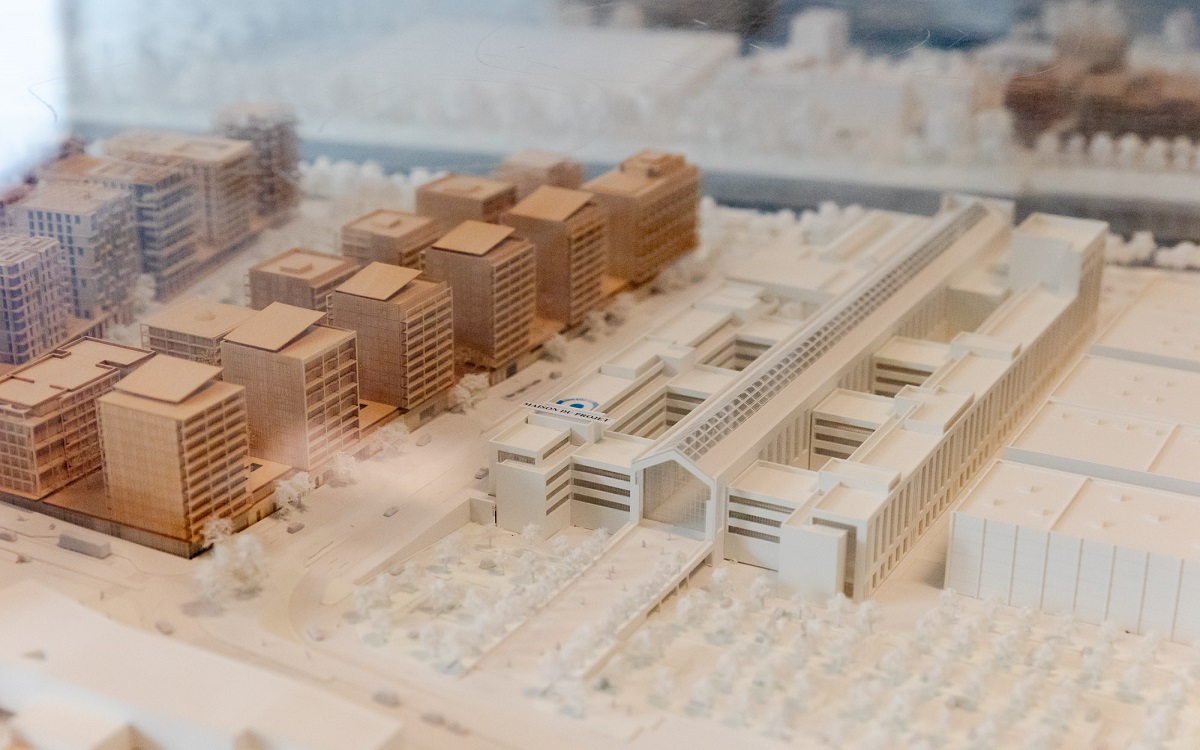
From the outset, the Athletes' Village was designed around the Cité du Cinéma.
Crédit photo :
Jean-Baptiste Gurliat / Ville de Paris

Athletes and officials will meet on the banks of the Seine.
Crédit photo :
Jean-Baptiste Gurliat / Ville de Paris
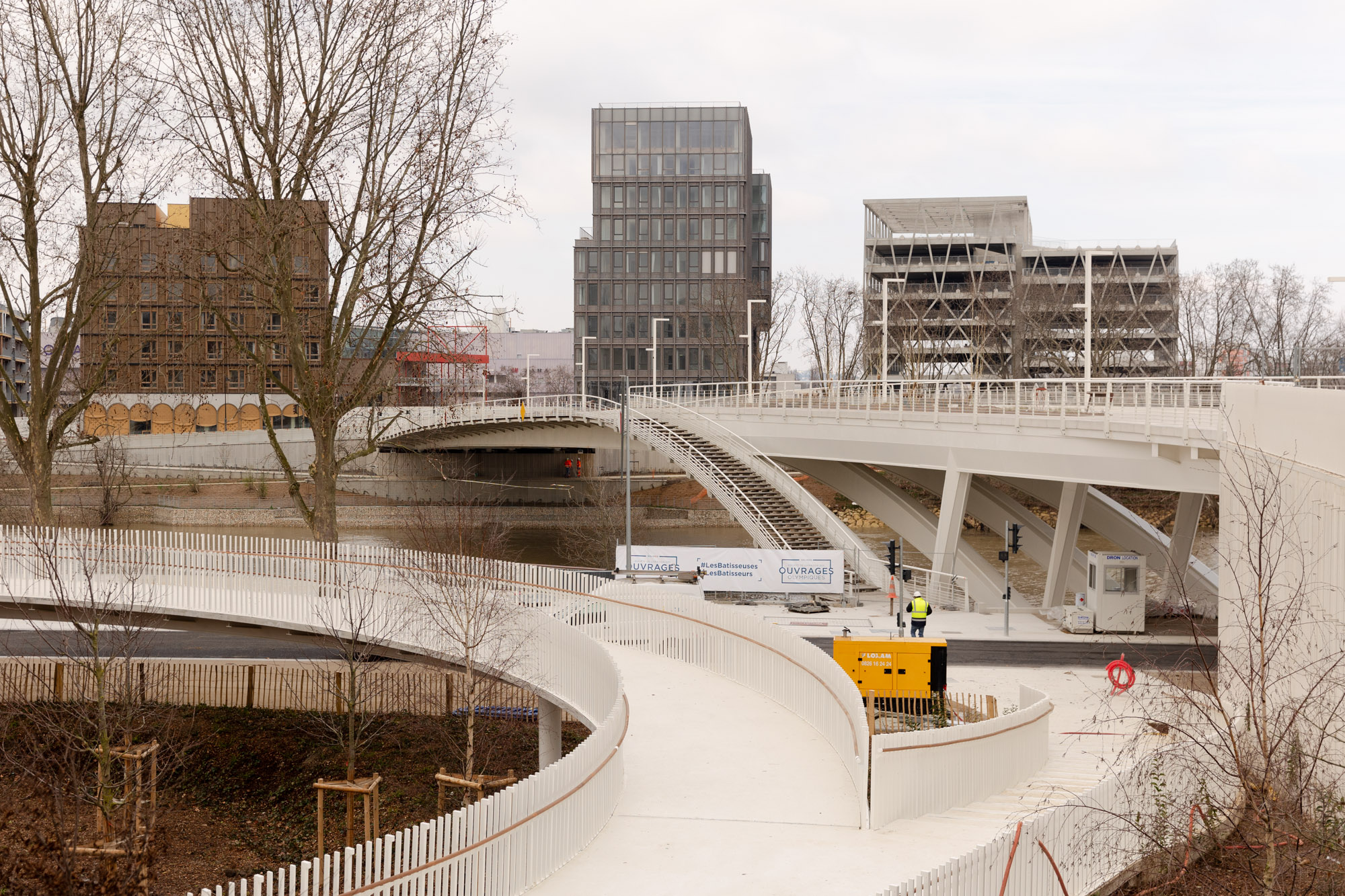
A specially-built footbridge connects to L'Île-Saint-Denis.
Crédit photo :
Jean-Baptiste Gurliat / Ville de Paris
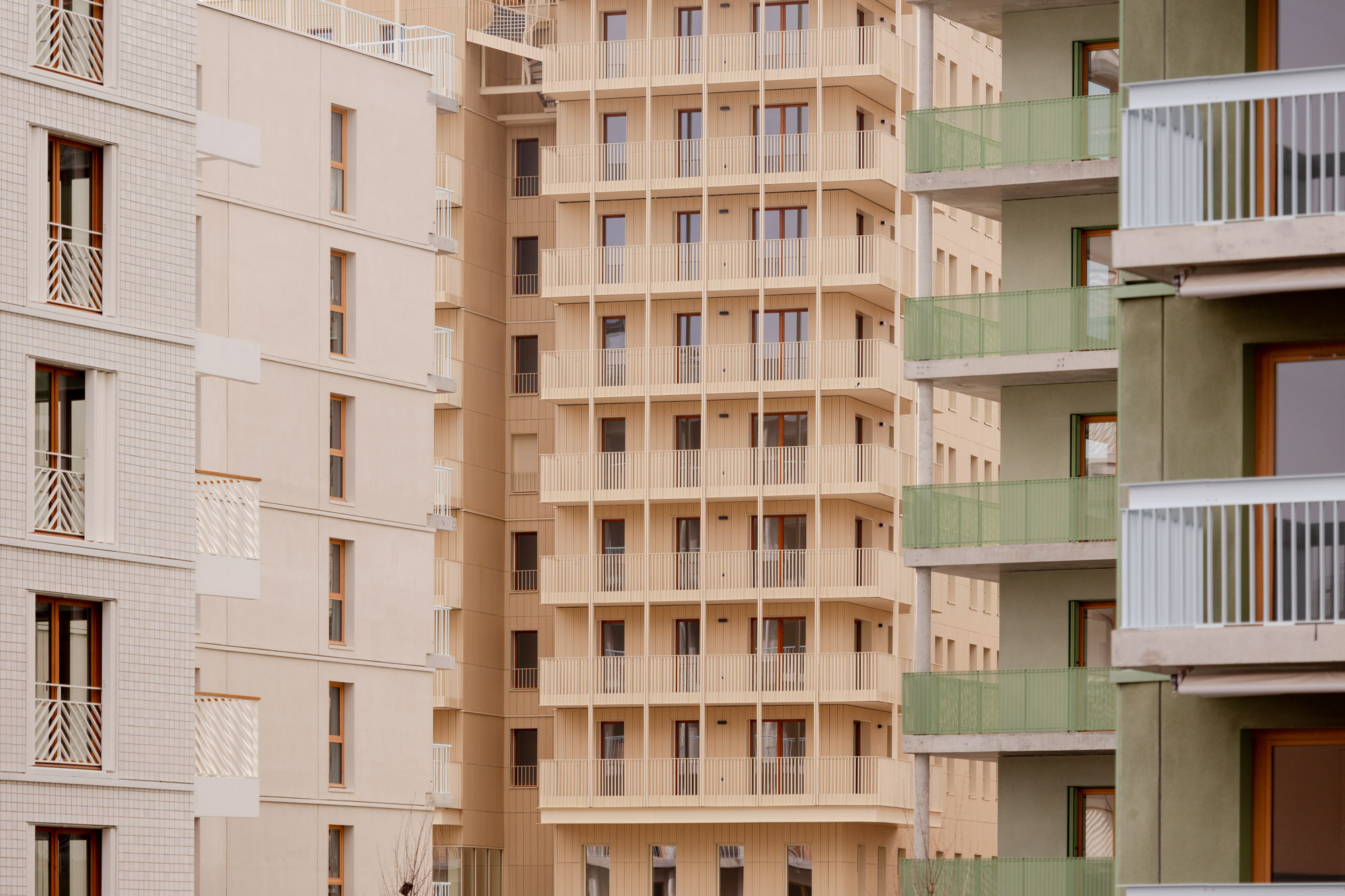
The site boasts a diverse architectural ensemble.
Crédit photo :
Jean-Baptiste Gurliat / Ville de Paris
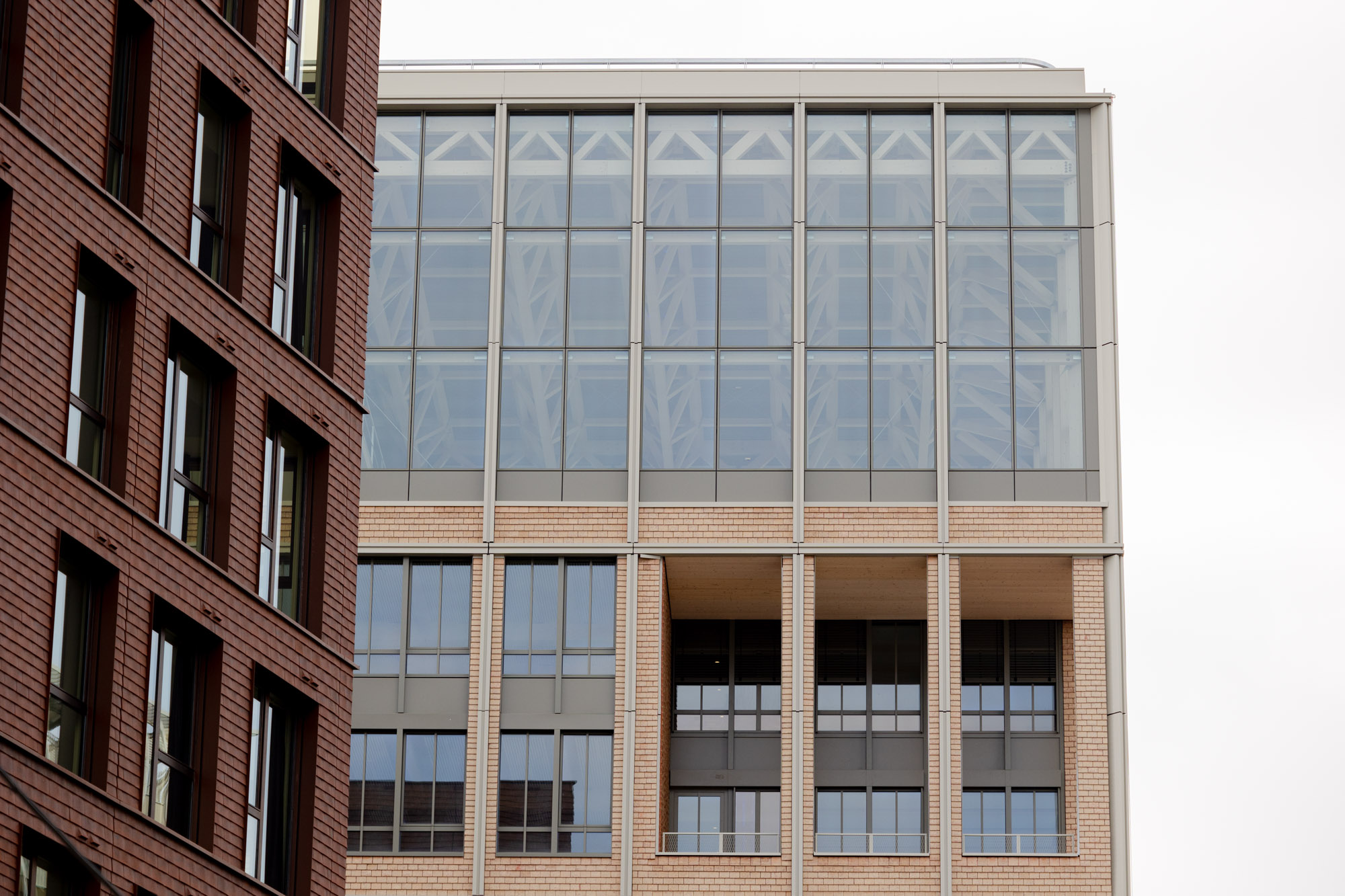
Some buildings stand out for their mixed wood/concrete foundation.
Crédit photo :
Jean-Baptiste Gurliat / Ville de Paris
A footbridge was also built to "enable athletes based on the 'mainland' to link up to the island's "Eco-district"", according to Henri Specht. "It's like the site's umbilical cord," says Laurent Michaud. The entire structure is architecturally diverse. The lighting is intended "to be an elegant and sober whole, so that the occupants get a sense of belonging".
The project is based on an environmental program in line with inherent challenges: achieving carbon neutrality, low-carbon geothermal buildings and maintaining biodiversity. For its construction, 25% of contracts were reserved for very small businesses and social structures. More than 10% of the hours worked on the site were carried out by workers who were previously unemployed.
6,000 additional residents by 2025
For the 33rd Summer Olympics, the Athletes' Village has been designed in an unprecedented way. "Every space has been designed to be reversible and reconvertable after the event," explains Henri Specht, standing in one of the many bedrooms. "The legacy of the Games was in our minds right from the off". All of the buildings can accommodate visitors with disabilities: "The Paralympic event means accessibility, but we also thought about the post-Games period."
By autumn 2025, 6,000 residents and the same number of employees will be living in this new district. Athletes' housing will give way to more than 2,800 homes, 25% of which will be social housing. They will sit alongside 10,000 square meters of industrial buildings converted into offices. On the first floor, the delegations' headquarters will be replaced by shops.
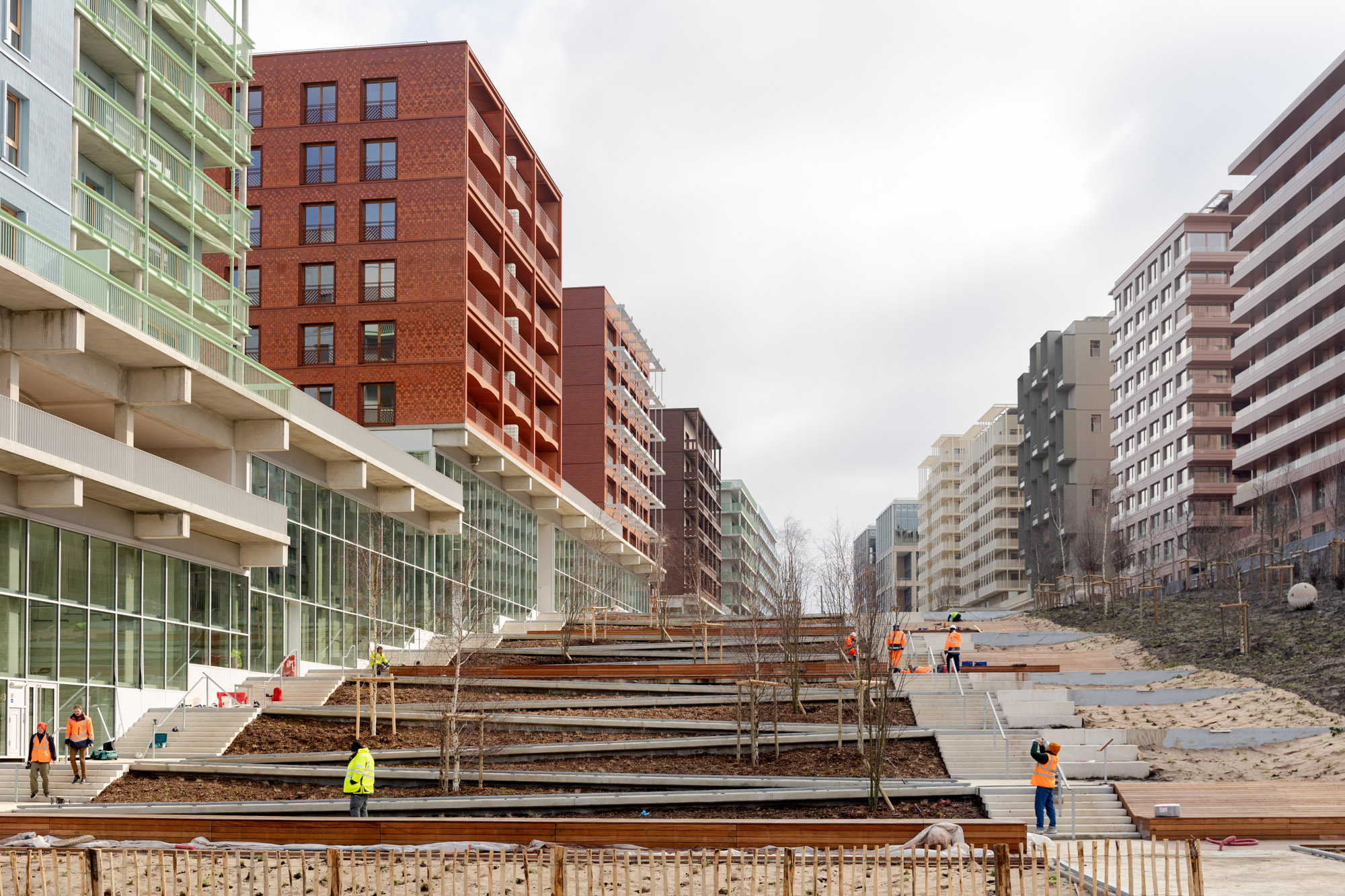
Designed with the post-Games and Paralympic fortnight in mind, the site is 100% accessible to people with reduced mobility.
Crédit photo :
Jean-Baptiste Gurliat / Ville de Paris

330,000 square meters of floor space were developed.
Crédit photo :
Jean-Baptiste Gurliat / Ville de Paris
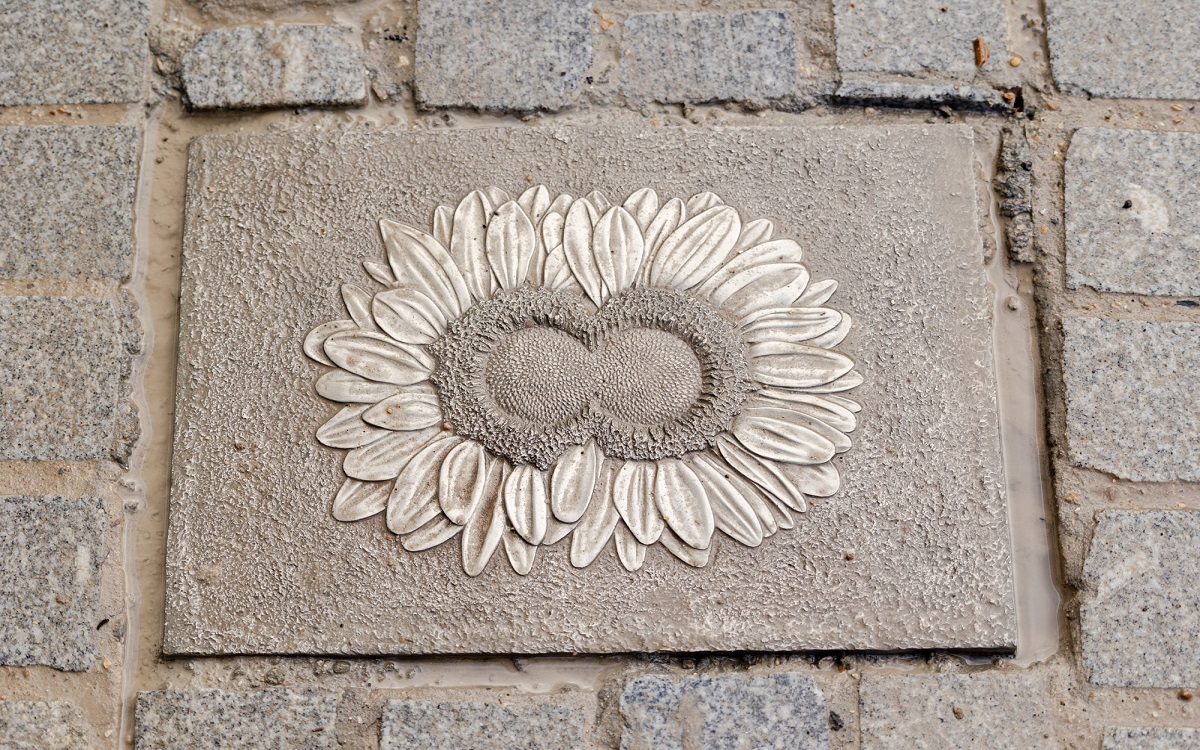
Art in the heart of the village! Fifteen works of art adorn the public space.
Crédit photo :
Jean-Baptiste Gurliat / Ville de Paris
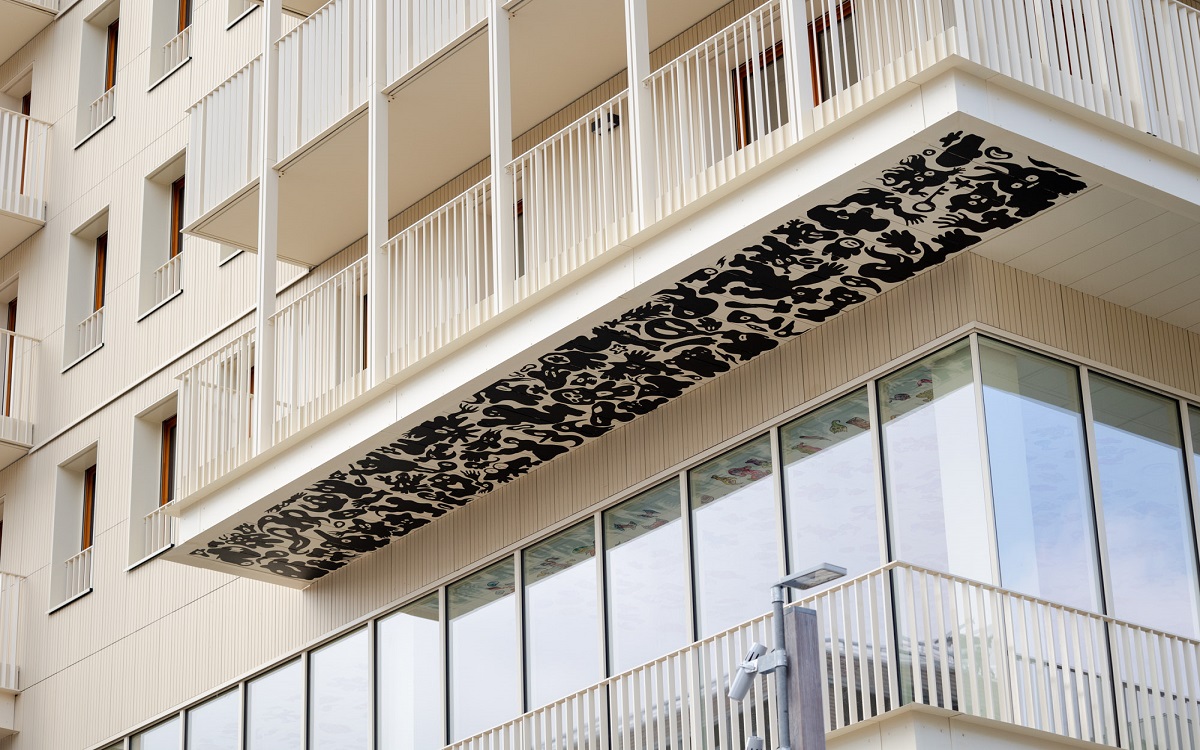
And keep your eyes wide open!
Crédit photo :
Jean-Baptiste Gurliat / Ville de Paris
Just like the Pablo-Neruda gymnasium in Saint-Ouen, public facilities will also be getting a face lift. Two new school complexes will be built in Saint-Denis and Saint-Ouen to meet with the influx of new residents. "With the presence of higher education establishments and the arrival of these new schools, it will be possible to follow a complete school curriculum here," says Henri Specht.
The fifteen or so works of art "that make up the artistic itinerary" of the village will also remain. "They are part into the general layout [of the village] and part of the street furniture," he explains. In Seine-Saint-Denis, as in Paris, the Games will leave lasting legacy.
We want to hear from you!
Was this information useful to you?
Please note: we cannot reply via this form (please do not include any personal information).
